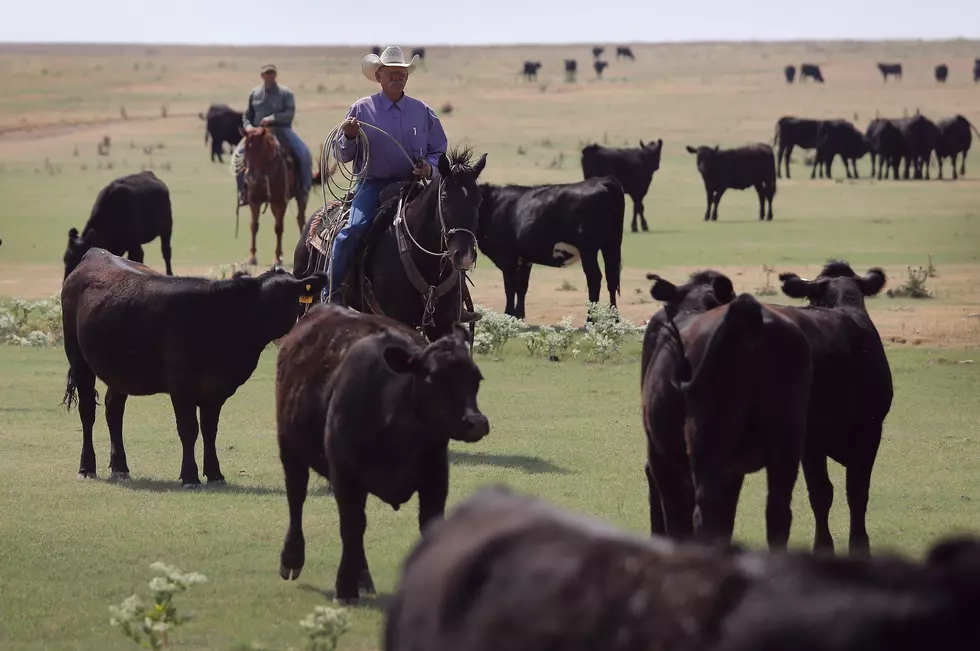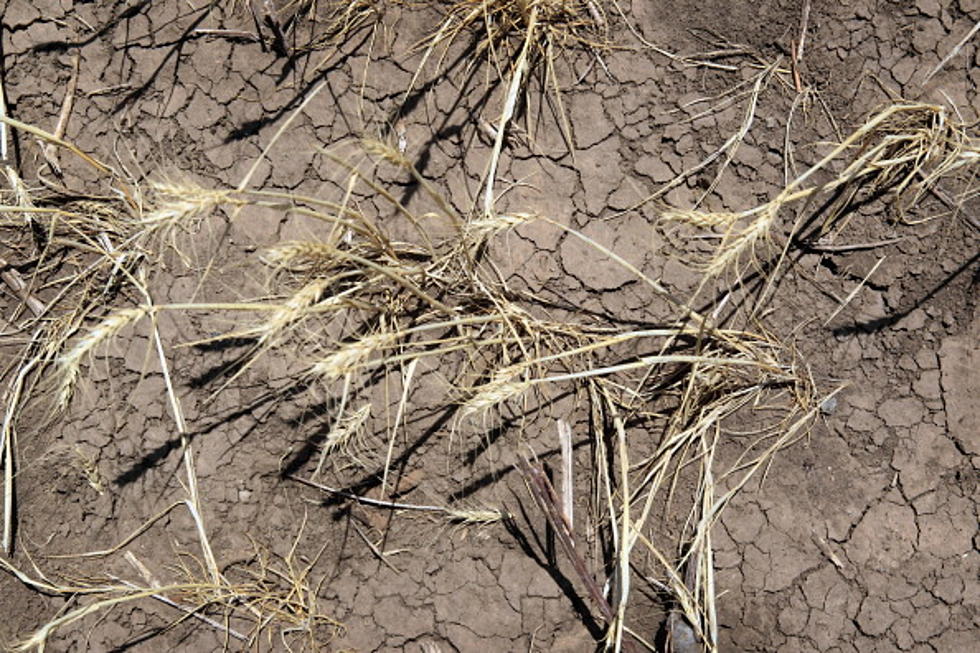
USDA Releases Results Of 2012 Ag Census
Today the U.S. Department of Agriculture’s National Agricultural Statistics Service (NASS) released the final 2012 Census of Agriculture results sharing a wide-range of information about what agricultural products were raised in the United States in 2012, and where, how and by whom they were grown. The data, which is reported at the national, state and county level, will help farmers, ranchers, local officials, agribusiness and others make decisions for the future.
Rhonda Brandt, Wyoming State Statistician said,
“The 2012 Census of Agriculture provides a wide range of demographic, economic, land, and crop and livestock production information as well as first-time or expanded data, Many of these data about Wyoming and our counties are only collected and reported as part of the every-five-year census.”
The 2012 Census of Agriculture data show the following key trends for Wyoming.
· Wyoming was one of only six states in the entire United States to increase in both number of farms, 11,736 farms, and land in farms, 30.4 million acres, between 2007 to 2012.
· The largest increases in the number of farms occurred in Laramie, Campbell, and Sheridan Counties.
· At 52%, cattle ranches were the largest type of farm in Wyoming, but there were also 51 farms that grew potatoes, 43 fruit orchards, and 15 berry farms in 2012.
· In 2012, 768 Wyoming farms had renewable energy systems producing energy on their farms, of which solar panels and wind turbines were the most prevalent.
· Fremont County had the largest number of farms selling their goods directly to consumers for human consumption, with 101 farms selling $596,000 worth of crop and livestock products in 2012.
· Albany, Campbell, Carbon, Johnson and Teton Counties had 80% or more of farms with Internet access, with DSL and satellite being the most prevalent services.
Said Brandt,
“I want to thank all of the Wyoming farmers and ranchers who provided data for the Census of Agriculture. This is their story in numbers. Without their help, it would not be possible to show the growing and changing structure of the Wyoming agricultural industry. The 2012 Census of Agriculture shows Wyoming farmers and ranchers growing their businesses by using the latest technology and production methods available. To find out more about Wyoming agriculture, I encourage everyone to look at the wide-ranging information in the 2012 Census of Agriculture.”
For more information about the Census of Agriculture including all the final 2012 Census of Agriculture results, and tools to access and share the data, visit www.agcensus.usda.gov.
More From K2 Radio









